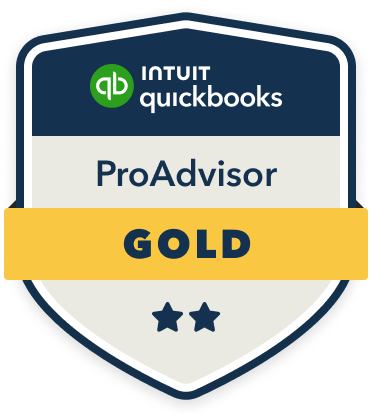To effectively manage bookkeeping for D&I initiatives, I recommend setting up dedicated cost centers with specific general ledger codes for each diversity program, including recruitment, training, and supplier diversity efforts. Track all expenses meticulously, from direct training costs to supplier certifications, while measuring ROI through metrics like cost savings and market penetration. Integrate these numbers into your regular financial reports to demonstrate commitment to stakeholders. There’s much more to explore about optimizing your D&I financial tracking systems.
Setting Up Dedicated Cost Centers for D&I Programs

When establishing thorough diversity and inclusion (D&I) initiatives, creating dedicated cost centers allows businesses to track, measure, and optimize their investments effectively.
I recommend setting up distinct cost centers for recruitment programs, training initiatives, employee resource groups, and community outreach efforts. This structure enables you to monitor spending across each D&I category and assess their ROI independently. You’ll need to assign specific general ledger codes and establish clear expense allocation procedures.
Tracking Training and Development Expenses
Three essential categories must be tracked when documenting D&I training and development expenses: direct delivery costs, participant time investments, and program materials.
I recommend creating separate ledger accounts for each training type: unconscious bias workshops, cultural competency sessions, and inclusive leadership development. You’ll want to track facilitator fees, venue rentals, and virtual platform subscriptions under delivery costs. For participant investments, calculate employee hours spent in training at their regular rates. Don’t forget to document preparation materials, handouts, and digital resources separately.
This detailed tracking helps you measure ROI and justify future D&I budget allocations.
Managing Supplier Diversity Documentation

Four essential components form the foundation of supplier diversity documentation: certification records, spending analytics, contract terms, and demographic data.
I recommend organizing your certification records by expiration dates and supplier categories, ensuring you’re tracking MBE, WBE, LGBTQ+, and veteran-owned certifications. Keep your spending analytics segmented by diversity classifications, enabling you to measure progress toward inclusion goals.
Store contract terms with specific diversity requirements and compliance clauses in digital formats for quick reference. I’ve found that maintaining detailed demographic data helps demonstrate your commitment to economic inclusion while ensuring privacy compliance. Consider using specialized software to streamline these documentation processes.
Measuring ROI and Financial Impact Metrics
Several key metrics drive the ROI measurement of supplier diversity initiatives, from direct financial returns to broader economic impacts. I’ll help you track cost savings from competitive diverse supplier pricing, increased revenue from new market penetration, and enhanced brand value through diversity certifications.
I measure direct spending with diverse suppliers and calculate second-tier impact through primary vendors. I also quantify job creation, tax revenue generation, and community economic development stemming from diverse supplier partnerships. These metrics demonstrate both your financial returns and your organization’s broader socioeconomic influence, helping you secure stakeholder buy-in and validate your diversity investment strategy.
Integrating D&I Budgets With Regular Financial Reports

While measuring ROI provides valuable insights, incorporating diversity and inclusion budgets into standard financial reporting creates a more complete picture of your organization’s fiscal health. I recommend creating dedicated cost centers and general ledger accounts to track D&I expenses separately while still integrating them into your main financial statements.
You’ll want to establish clear categories for D&I spending, such as training programs, recruitment initiatives, employee resource groups, and external partnerships. This structured approach allows you to analyze D&I investments alongside other business expenses, making it easier to demonstrate commitment to stakeholders and identify areas where you can optimize resource allocation.
Establishing Grant and Funding Allocation Systems
To effectively manage diversity and inclusion initiatives, organizations need a systematic approach for distributing grants and allocating funds. I’ll show you how to create a structured system that maximizes impact while maintaining transparency.
| Funding Type | Allocation % | Key Performance Indicators |
|---|---|---|
| Employee Programs | 40% | Retention, Engagement Scores |
| Community Outreach | 30% | Partnership Growth, Impact |
| Training & Development | 20% | Skill Advancement, Certifications |
| Emergency Fund | 10% | Response Time, Usage Rate |
I recommend implementing quarterly reviews of your allocation system, adjusting percentages based on measurable outcomes and emerging needs. Track your ROI through both quantitative metrics and qualitative feedback from stakeholders.









